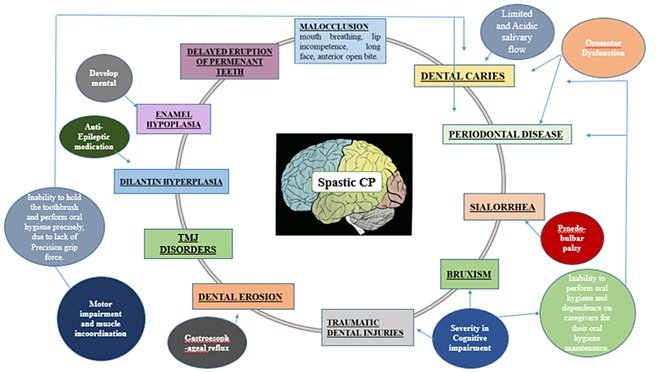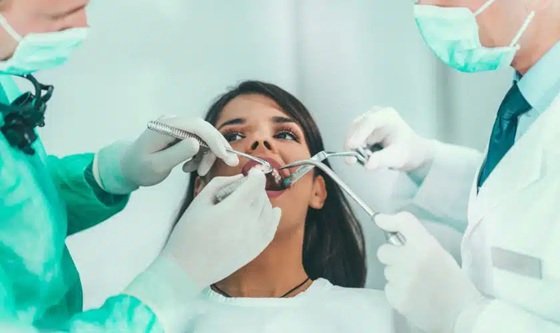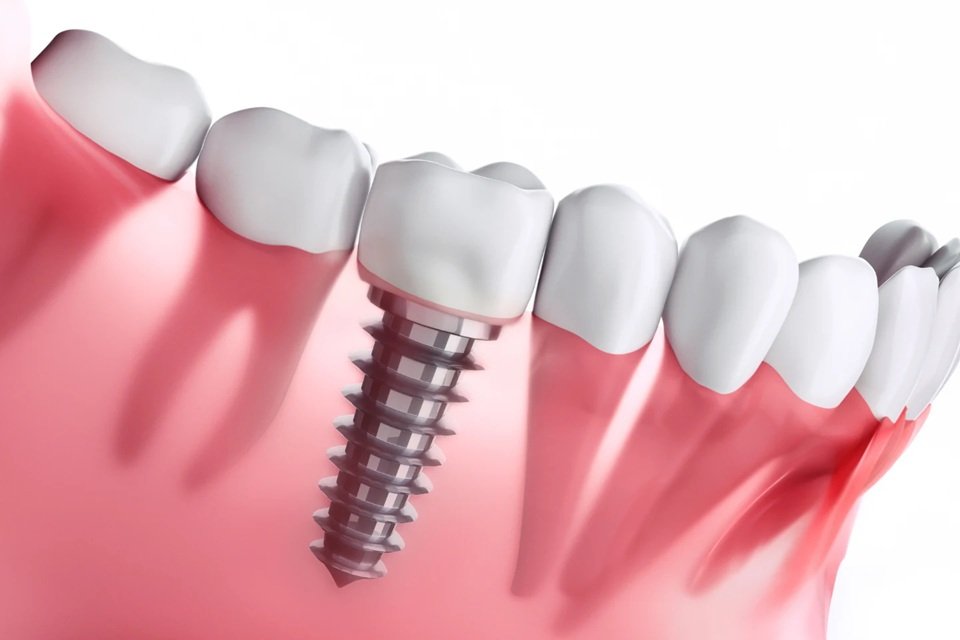Enhancing dental treatment outcomes often involves more than just the procedures themselves. By integrating mind-body techniques, you support your journey to better oral health. When visiting a Hopkins dentist, consider focusing on three practical methods. First, practice mindful breathing to reduce stress. Stress impacts how your body reacts to dental care. Controlled breathing helps you stay calm and focused, making treatments smoother. Second, use guided imagery to envision positive results. Visualization primes your mind for success, promotes healing, and increases comfort. Third, engage in progressive muscle relaxation. This helps remove built-up tension, improving overall well-being and recovery time. Your commitment to these techniques leads to significant benefits in your dental experience. Taking charge of your mental state enhances how your body responds to treatments, ensuring you leave each appointment with confidence. Implement these simple strategies and notice a positive change in your dental health journey.
Mindful Breathing
Mindful breathing is a straightforward technique you can use before, during, and after your dental appointment. It involves focusing on your breathing pattern to maintain a relaxed state. This powerful method reduces anxiety and enhances your body’s response to dental care. According to the National Institute of Mental Health, stress management through mindful breathing can lead to better health outcomes. Practice by inhaling slowly through your nose, holding your breath briefly, and exhaling gently through your mouth. Repeat this cycle several times to feel more at ease.
Guided Imagery
Guided imagery involves using your imagination to create positive mental pictures about your dental experience. This technique is effective in reducing pain perception and enhancing relaxation. Visualize yourself leaving the dentist with a healthy smile and feeling pleased with the outcome. The Centers for Disease Control and Prevention notes that such mental exercises can significantly impact your physical experiences. Try creating a peaceful mental scene before your appointment, and return to it if you feel discomfort or tension during treatment.
Progressive Muscle Relaxation
Progressive muscle relaxation involves tensing and then releasing each muscle group in your body. This process encourages deep relaxation and can help you manage anxiety and tension linked to dental visits. Begin with your toes and work your way up to your head, tensing each muscle group for a few seconds before releasing. This gradual process provides a calming effect that benefits both your mental state and the physical experience of dental treatments.
Comparison of Techniques
| Technique | Benefits | Application |
|---|---|---|
| Mindful Breathing | Reduces stress and anxiety | Before and during appointments |
| Guided Imagery | Decreases pain perception | Before and during appointments |
| Progressive Muscle Relaxation | Releases muscle tension | Before and during appointments |
Integrating Mind-Body Techniques
Integrating these mind-body techniques into your routine can dramatically improve your dental treatment experiences. Start by setting aside a few minutes each day to practice these methods. Consistent practice makes it easier to use these techniques when you need them most. You will find that regular use fosters a sense of control and calmness that benefits your dental health.
Conclusion
Improving dental treatment outcomes is within your reach by adopting mindful breathing, guided imagery, and progressive muscle relaxation. These strategies not only enhance your visits to a Hopkins dentist but also contribute to your overall well-being. Embrace these techniques and empower yourself to achieve better oral health.



